
Compared to countries like Italy and France, American art is still relatively new. Over the course of a couple of hundred years, however, there have been quite a number of influential artists that have originated from the States, or immigrated there at some point in their lives.
How many American artists do you know? While many of us are familiar with household names like Andy Warhol and Georgia O’Keeffe, other names have not received the same level of recognition. Thomas Cole and James Whistler, for instance, are two early American painters that captured real-life settings and figures with beautiful accuracy and style. Likewise, Augusta Savage and Jacob Lawrence were major figures in the cultural “golden age” of the Harlem Renaissance in the early 20th century.
Here, we will take a look at the names and lives of 20 famous American artists.
Brush up on your art history knowledge by learning about these 20 famous American artists.
Thomas Cole (1801–1848)

Portrait of Thomas Cole, 1845 (Photo: Wikimedia Commons, Public domain)
British American painter Thomas Cole is known for capturing the beauty of American landscapes, particularly those located around the Hudson River Valley in New York State. Additionally, he is often referred to as the father of the Hudson River School, a mid-19th century art movement led by a group of landscape painters who depicted the Hudson River Valley and the surrounding areas. The work from this school offers a realistic snapshot of American wilderness during the 19th century.
Famous works of art: The Oxbow (1836)
James McNeill Whistler (1834–1903)
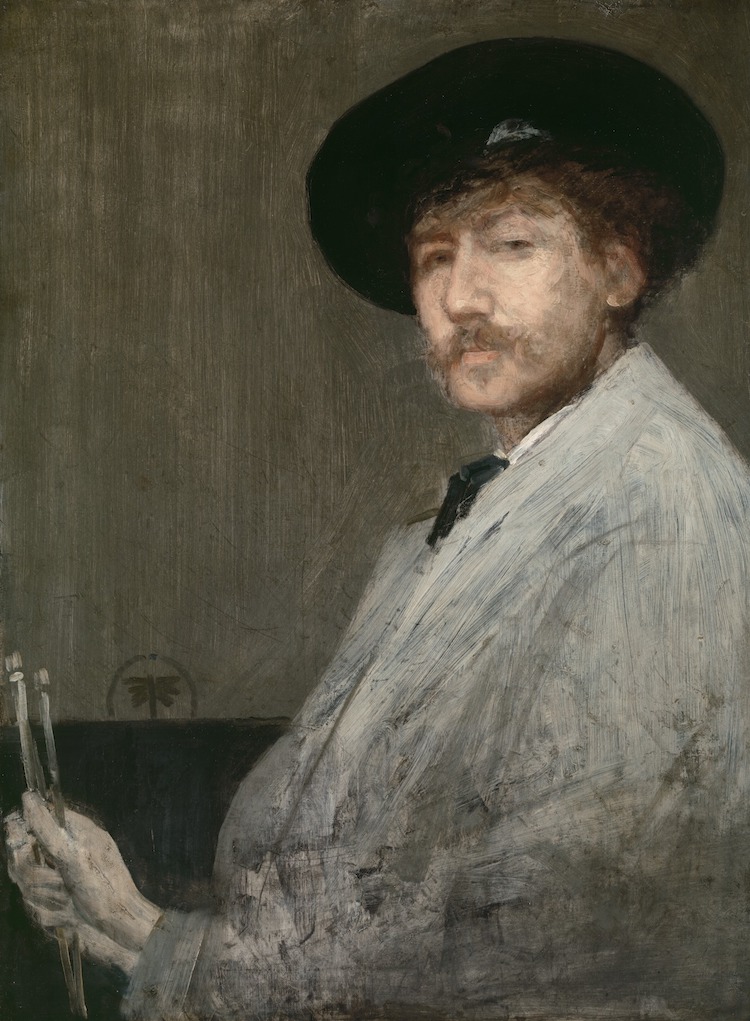
James McNeill Whistler, “Self-Portrait,” c. 1872 (Photo: Detroit Institute of Arts via Wikimedia Commons, Public domain)
In 1871, American artist James McNeill Whistler completed one of today’s most famous paintings. Known colloquially as Whistler’s Mother, the painting has captivated viewers with its understated simplicity and straightforward composition for nearly 150 years.
Famous works of art: Whistler’s Mother (1871)
Winslow Homer (1836–1910)
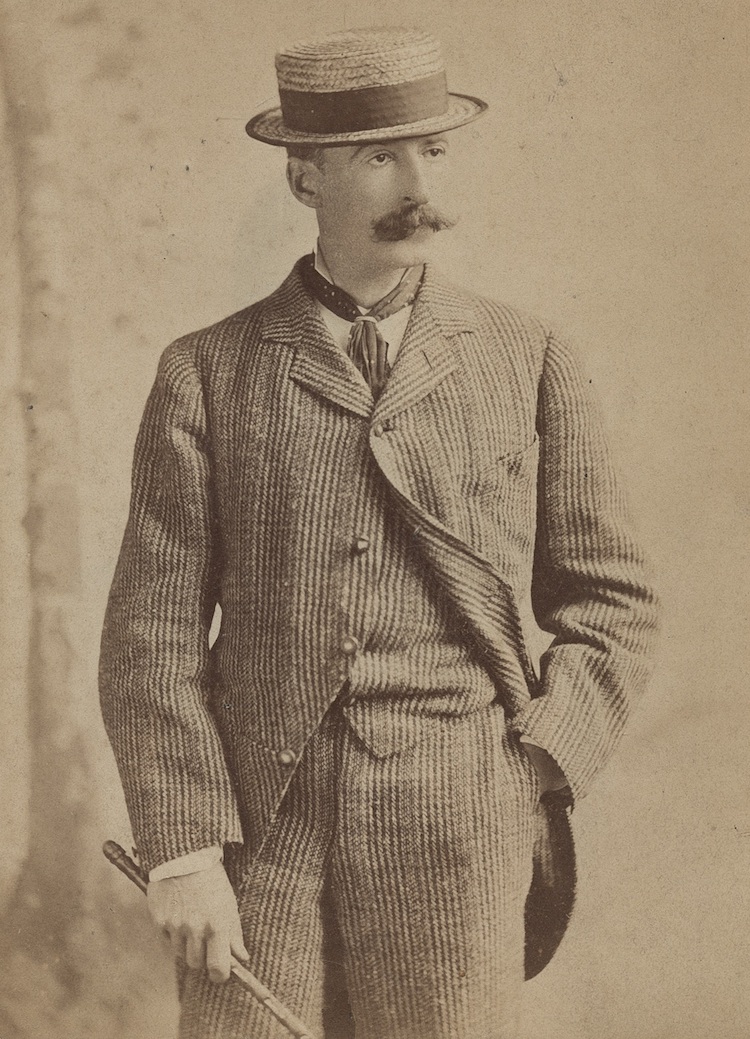
Photograph of Winslow Homer by Napoleon Sarony, 1880 (Photo: Wikimedia Commons, Public domain)
Self-taught painter Winslow Homer based his artistic practice on being in the moment. Although a very private person, one of his contemporaries, artist Eugene Benson, wrote that Homer believed artists “should never look at pictures.” Rather, they should “stutter in a language of their own” and paint (or draw) directly from life. For Homer, this meant idyllic, quiet scenes of everyday life that he completed at home in Massachusetts as well as trips abroad.
Famous works of art: The Fox Hunt (1893)
Mary Cassatt (1844–1936)
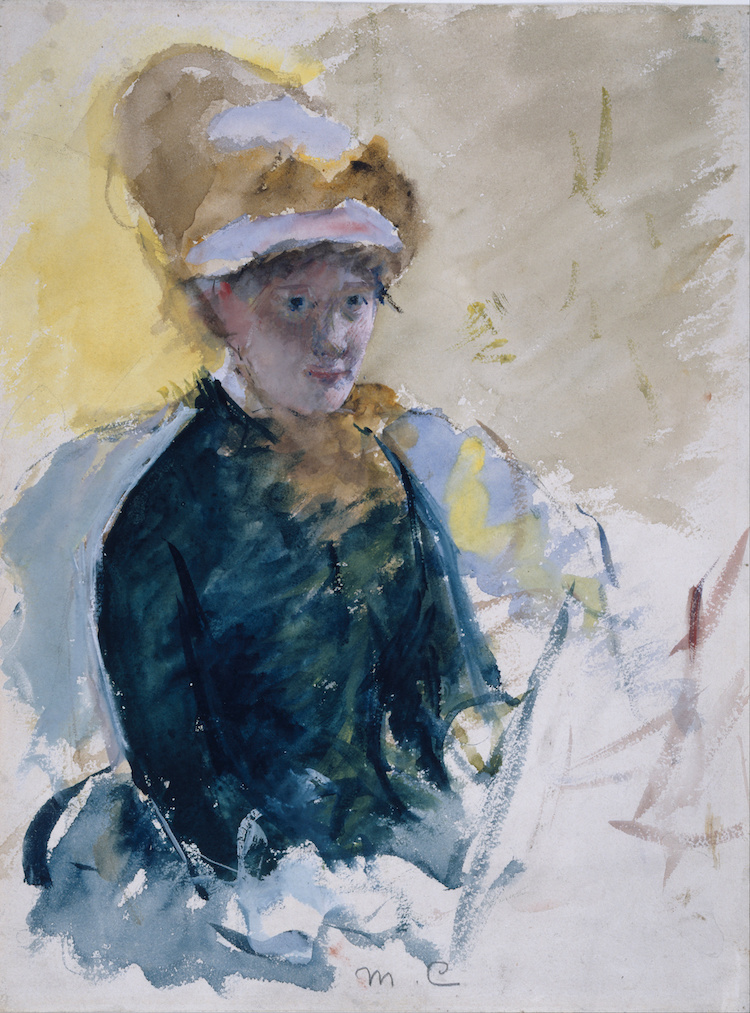
Mary Cassatt, “Self-Portrait,” c. 1880 (Photo: National Portrait Gallery via Wikimedia Commons, Public domain)
As a prominent Impressionist artist, Mary Cassatt is often regarded as one of art history’s most famous female painters. An unmarried American woman living in Paris, Cassatt was able to make a name for herself in the male-dominated movement, defying 19th-century gender expectations and paving the way for future female artists.
Famous works of art: Little Girl in Blue Armchair (1878), Child’s Bath (1893)
John Singer Sargent (1856–1925)
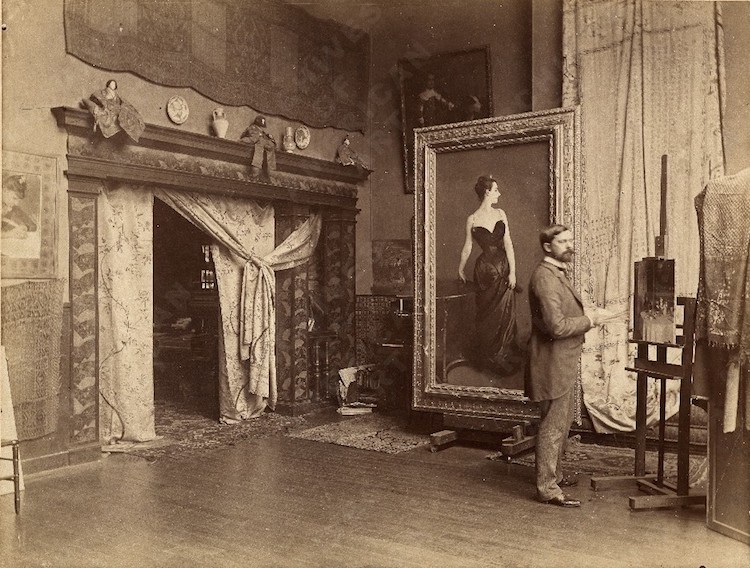
Photograph of John Singer Sargent in his studio with “Portrait of Madame X,” c. 1885 (Photo: Wikimedia Commons, Public domain)
Trained in the style of the Old Masters, American artist John Singer Sargent spent his life avoiding boredom by altering his subject matter and accepting intimidating commissions. When he passed away at age 69, Sargent had completed an impressive 900 oil paintings and over 2,000 watercolors—in addition to overflowing sketchbooks rich in observations from his travels.
Famous works of art: Portrait of Madame X (1884)
Edward Hopper (1882–1967)

Photograph of Edward Hopper by Harris & Ewing, 1937 (Photo: Wikimedia Commons, Public domain)
Celebrated as a key figure of 20th-century American art, lifelong New Yorker Edward Hopper held that “great art is the outward expression of an inner life in the artist, and this inner life will result in his personal vision of the world.” While this intimate artistic approach is apparent in many of Hopper’s masterpieces, it is particularly apparent in Nighthawks, an iconic oil painting that has helped define the Modernist movement.
Famous works of art: Nighthawks (1942)
Georgia O’Keeffe (1887–1986)
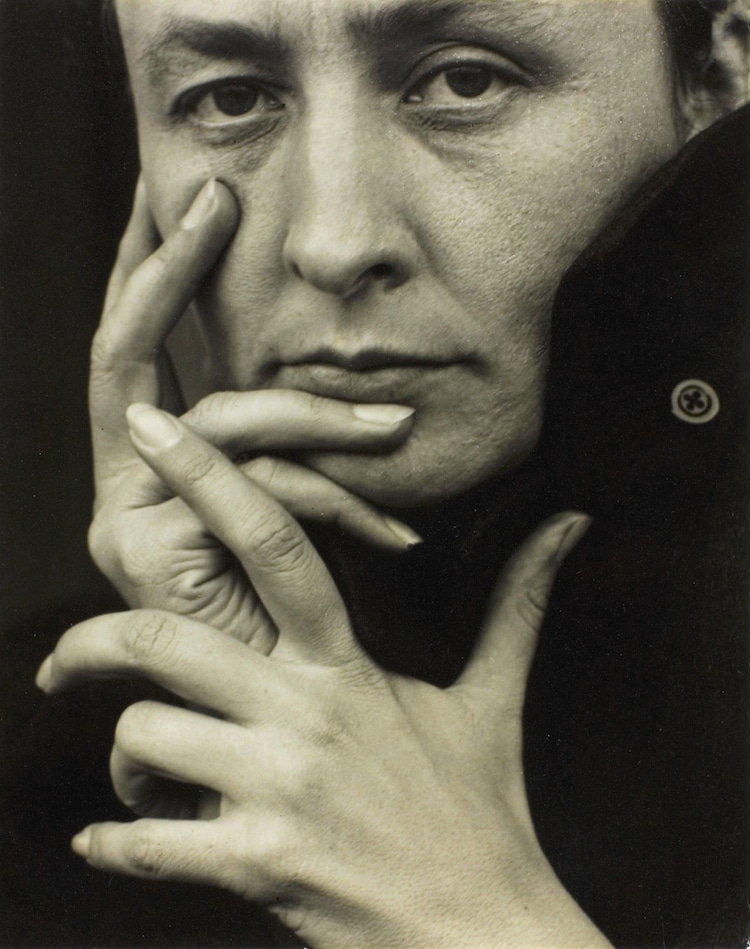
Photograph of Georgia O’Keeffe by Alfred Stieglitz, 1918 (Photo: Wikimedia Commons, Public domain)
Georgia O’Keeffe was a painter best known for her abstract depictions of colorful blooms and landscapes of the Southwestern United States. She produced her work in the early 20th century and helped to usher in the American Modernism movement with a style that favors the interpretation of subjects rather than representing them through strict realism.
Famous works of art: Jimson Weed (1936), Sky Above Clouds IV (1965)
Horace Pippin (1888–1946)
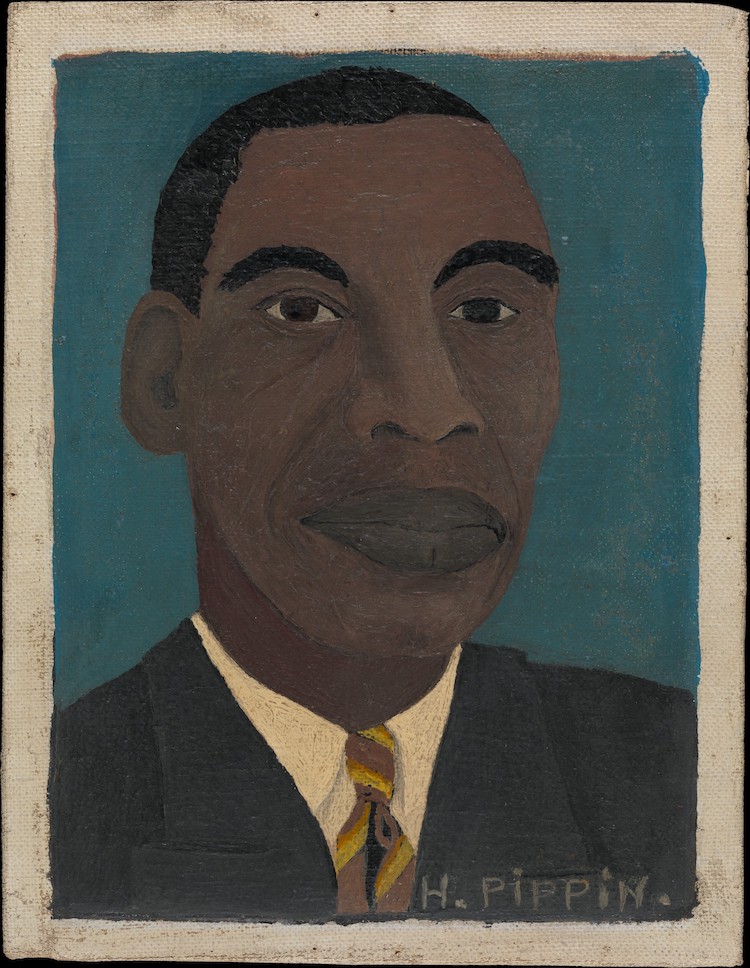
Horace Pippin, “Self-Portrait II,” (Photo: The Met via Wikimedia Commons)
Artist Horace Pippin immersed himself in painting after being injured in World War I. His art explores many of his memories in battle, religious subjects, and civil rights issues. In 1947, he became the first African American artist to be the subject of a monograph, which celebrated his creative career.
Famous works of art: Holy Mountain Series
Grant Wood (1891–1942)
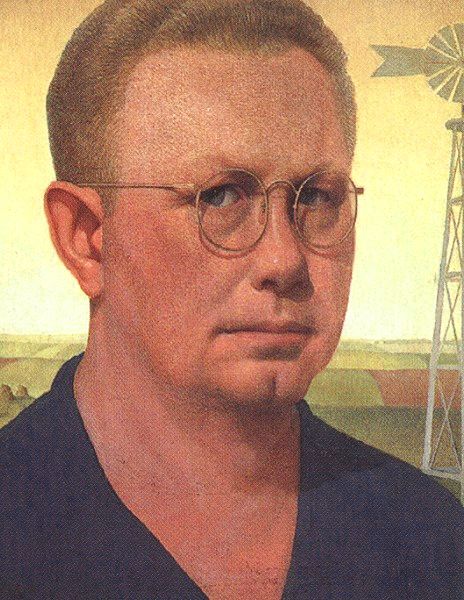
Grant Wood, “Self-Portrait,” c. 1925 (Photo: Figge Art Museum via Wikimedia Commons, Public domain)
Born and raised in the American Midwest, artist Grant Wood is best known for his many depictions of the area, especially rural scenes. His magnum opus, American Gothic, offers a glimpse into the lives of farmers in the early 1900s. “Technique does not constitute art,” he said. “Nor is it a vague, fuzzy romantic quality known as ‘beauty,’ remote from the realities of everyday life. It is the depth and intensity of an artist’s experience that are the first importance in art.”
Famous works of art: American Gothic (1930)
Augusta Savage (1892–1962)
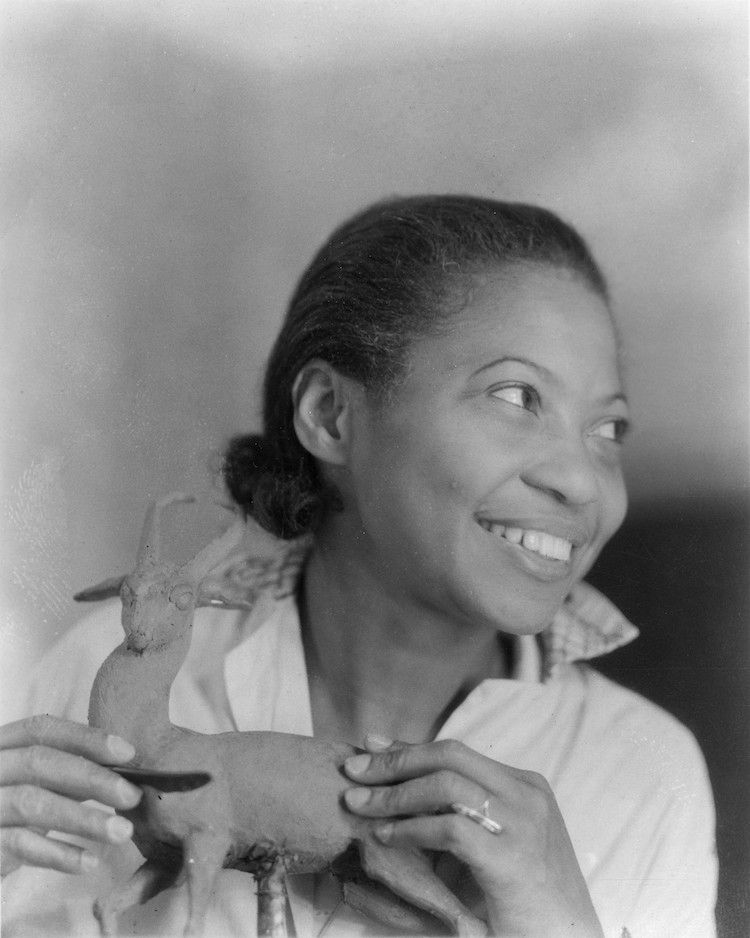
Photograph of Augusta Savage, between 1935–1947 (Photo: Wikimedia Commons, Public domain)
Sculptor and art teacher Augusta Savage was at the core of the Harlem Renaissance—a “golden age” of Black art, music, and literature. In addition to creating her own memorable sculptures and ceramics, she also helped shape the careers of some of the Harlem Renaissance’s most prominent artists. She said: “I have created nothing really beautiful, really lasting, but if I can inspire one of these youngsters to develop the talent I know they possess, then my monument will be in their work.”
Famous works of art: Lift Every Voice and Sing (1939)
Mark Rothko (1903–1970)
View this post on Instagram
American painter Mark Rothko revolutionized abstract art by becoming one of the pioneers of color field painting. He expressed profound emotion through his signature compositions of hazy, colored squares on large canvases that occupy a viewer’s entire field of vision, evoking what he referred to as “the sublime.”
Famous works of art: Untitled, Black on Gray (1969)
Jackson Pollock (1912–1956)
View this post on Instagram
Jackson Pollock‘s signature drip paintings—which he began producing in the late 1940s—captivated the art world. The American artist redefined line, color, and pictorial space by finding an entirely new way to fill a canvas. Dedicated to self-expression, his large body of work symbolizes freedom of creativity and evokes the artist’s turbulent and passionate mind.
Famous works of art: Autumn Rythm: Number 30 (1950)
Jacob Lawrence (1917–2000)
View this post on Instagram
A prominent artist during the Harlem Renaissance, American painter Jacob Lawrence is known for his powerful artwork that depicts African American culture and history. During his long and prolific career, he combined Social Realism, modern abstraction, and bold colors to create work that illustrates important historic moments as well as what he personally witnessed in his Harlem neighborhood of New York City.
Famous works of art: The Migration Series
Roy Lichtenstein (1923–1997)
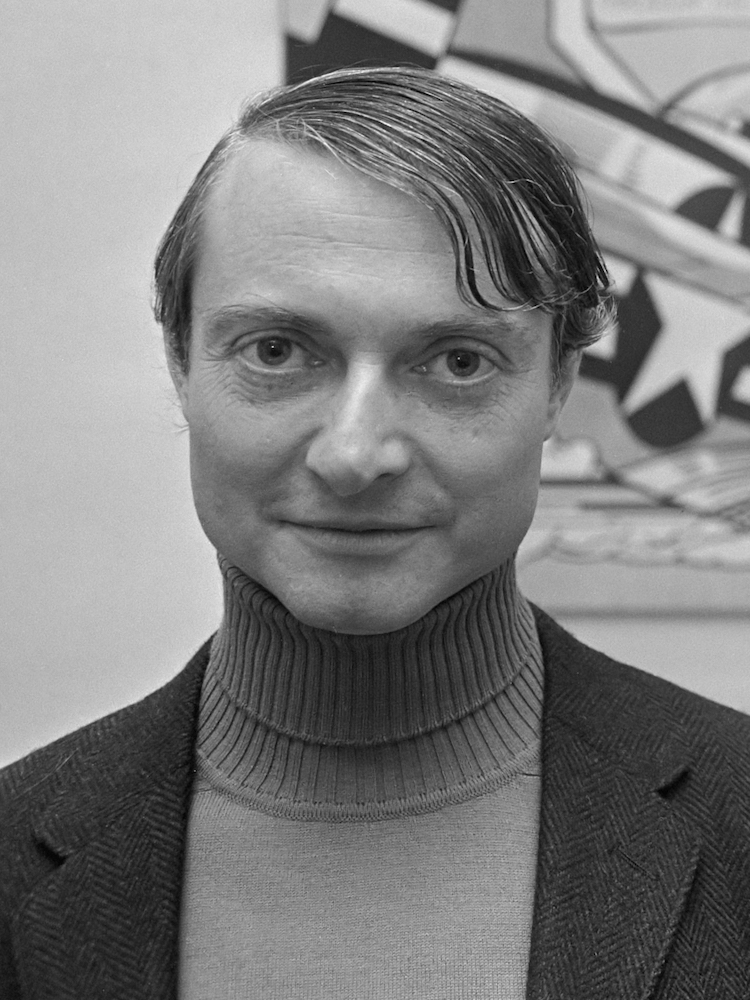
Photograph of Roy Lichtenstein, 1967 (Photo: Wikimedia Commons, CC BY-SA 3.0)
Pop artist Roy Lichtenstein (known for his brilliant comic-based artwork) was part of a revolutionary new movement that sprung from New York in the 1960s. Along with Andy Warhol, Jasper Johns, and several others, he pushed the boundaries of the art world and forced the establishment to think about the definition of fine art.
Famous works of art: Whaam! (1963), Drowning Girl (1963)
Helen Frankenthaler (1928–2011)
View this post on Instagram
One of the most influential abstract artists of the 20th century, Helen Frankenthaler invented the “soak-stain” technique. Inspired by Pollock’s pouring method, she spilled turpentine-thinned paint onto canvas, producing vibrant color washes that appeared to merge with the canvas.
Famous works of art: Mountains and the Sea (1952)
Andy Warhol (1928–1987)

Photograph of Andy Warhol with Archie, his pet Daschund by Jack Mitchell, 1973 (Photo: Wikimedia Commons, CC BY-SA 4.0)
Alongside Lichtenstein, Andy Warhol was one of the key figures behind the Pop Art movement. While he worked in a myriad of mediums, he is most famous for his polychromatic silk screen prints and paintings. In the 1960s, he began creating pieces that would eventually define many of the movement’s most distinctive characteristics: bold, contemporary imagery; a bright color palette; and a repetitive aesthetic inspired by mass production.
Famous works of art: Cambell’s Soup Cans (1962), Marilyn Diptych (1962)
Jasper Johns (1930–)
View this post on Instagram
Jasper Johns is one of the most influential living American artists. His impressive oeuvre is associated with several major art movements, including abstract impressionism and pop art. Some of his best-known works feature well-known motifs, such as the American flag, maps, and targets. He says about his art: “What’s interesting to me is the fact that it isn’t designed, but taken. It’s not mine.”
Famous works of art: Flag (1954–1955), Map (1963)
Jeff Koons (1955–)
View this post on Instagram
Ever since the 1980s, the renowned artist Jeff Koons has been making art that challenges our perception of consumer culture. He first shocked the art world when he displayed commercial vacuum cleaners as sculptures, sparking a dialogue about the role of material objects in our lives. Since then, his work and style have evolved to include some of contemporary art‘s most famous sculptures. From pop culture-inspired statues to giant balloon animal sculptures, his pieces continue to invite viewers to playfully question reality.
Famous works of art: New Hoover Convertibles, 1981–1987, Balloon Dog (Red), 1994–2000
Keith Haring (1958–1990)
View this post on Instagram
In the 1980s, Keith Haring shot to international fame. Using his trademark line drawings, Haring became instantly recognizable for his pop style art. This would catapult him from the underground art scene in New York City to a career that would see him mingling with the likes of Andy Warhol, Grace Jones, Yoko Ono, and Madonna.
Famous works of art: Keith Haring Mural (1984), Tuttomondo (1989)
Jean-Michel Basquiat (1960–1988)
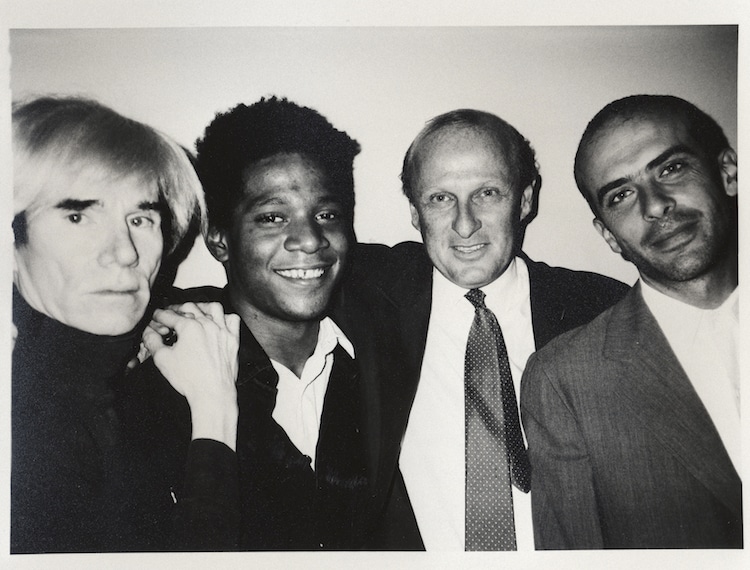
From left to right: Andy Warhol, Jean-Michel Basquiat, Bruno Bischofberger, and Fransesco Clemente, 1984 (Photo: Wikimedia Commons, CC BY-SA 4.0)
In the late 20th century, Jean-Michel Basquiat turned the contemporary art world on its head. Living and working in New York City in the 1970s and 80s, the young artist helped pioneer and popularize street art by bringing graffiti into the gallery—a monumental move that made the glitz and glamour of the art world accessible to people from all walks of life.
Famous works of art: Untitled (1982), Boy and Dog in a Johnnypump (1982)
Related Articles:
20 Famous Artists Everyone Should Know, From Leonardo da Vinci to Frida Kahlo
10 Famous Photographers Whose Self-Portraits Are Much More Than Just a Selfie
35 Brilliant Quotes About Art From Famous Artists and Great Creative Minds
20 Famous Paintings From Western Art History Any Art Lover Should Know
